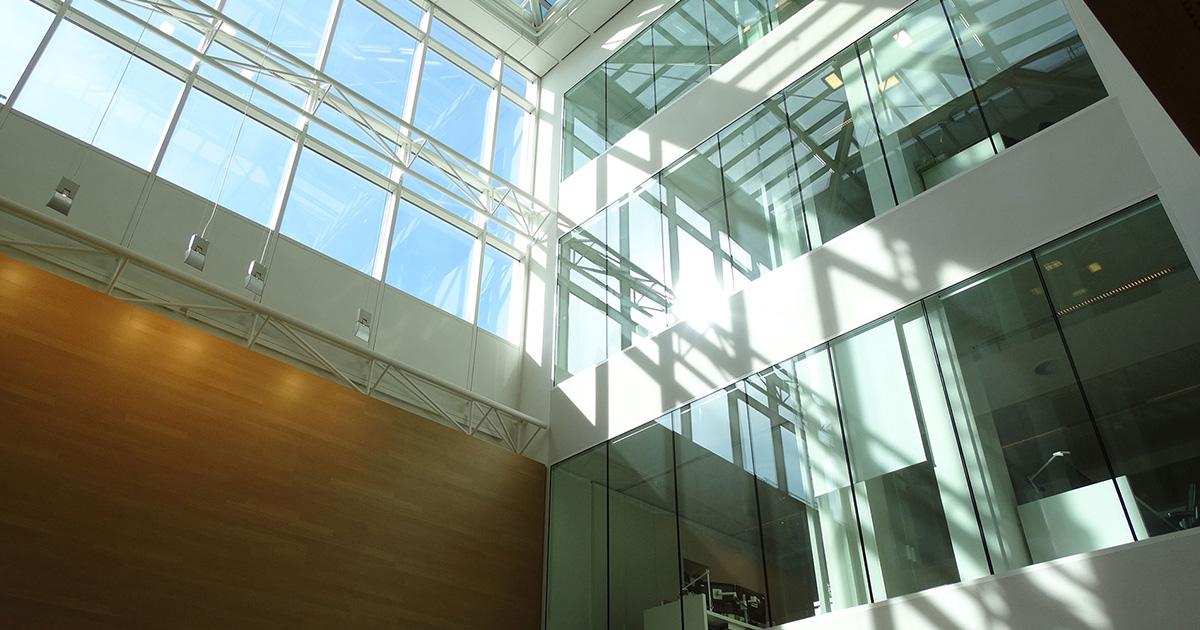
The main question in this case is whether or not Teva infringes MSD’s patent (EP 0 956 861), claiming the use of ribavirine in the preparation of a medicament for the treatment of chronic hepatitis C, for a duration of about 40-50 weeks, and where the patient is a naive patient with a HCV genotype 1 infection. The Court of Appeal qualified MSD’s patent as a subgroup indication patent (SG-I patent). According to the Court, there is a clear distinction between second medical use patents (2M-U patents), where a substance is used for an indication for which it had not been used before and where the invention lies in this new use, and SG-I patents, where the substance is being used for an indication for which it had been used before but where the invention rests in the identification of a specific subgroup of patients to be treated (and, in this case, a specific administration period). This distinction, according to the Court, influences the scope of protection of the patents. The Court concluded that MSD’s SG-I patent is only infringed if the infringer expressly indicates that the medicament is designated for the specific patient subgroup and that the claimed administration period of the treatment should be applied.
According to MSD, the Court’s reasoning is incorrect, as it means MSD will, in practice, be unable to enforce its patent against generic suppliers, even if they are aware of the fact that their product is being used for the treatment of the specific patient subgroup (and, in the present case, during the specific administration period). The scope of protection of SG-I patents, according to MSD, should be equal to the scope of protection of 2M-U patents, for the infringement of which it is not required that the infringer expressly indicates that the medicament is (also) specifically designated for the second medical use. The decision of the Supreme Court is expected in the course of 2017.
